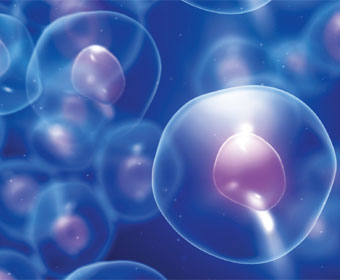There are now more 3G femtocells globally than 3G base stations, a report from Informa Telecoms and Media has revealed. The report, timed to coincide with the Femtocell World Summit being held in London, reveals that there are now more than 2.3 million 3G femtocells globally, compared to a total of 1.6 million macro 3G base stations.
June 21, 2011

There are now more 3G femtocells globally than 3G base stations, a report from Informa Telecoms and Media has revealed. The report, timed to coincide with the Femtocell World Summit being held in London, reveals that there are now more than 2.3 million 3G femtocells globally, compared to a total of 1.6 million macro 3G base stations.
Simon Saunders, chairman of the Femto Forum, said at a round-table ahead of the summit that the femtocell market has experienced significant recent growth of 60 per cent in the last quarter, taking the total number of commercial services operating globally up to 31. Forty-three operators have now publically committed to the technology, up from 34 at the end of the last quarter.
“Femtocells haven’t just passed a major milestone – it is now apparent that they are rapidly becoming less of a differentiator for service providers and more like an essential offering, said Dimitris Mavrakis, senior analyst at Informa Telecoms & Media, in a statement. “Consumers are increasingly going to expect something that for a long time seemed impossible – near ubiquitous coverage for voice and high speed data. Femtocells make this a very real possibility.”
Saunders said that femtocells offer, “better and more consistent mobile data, particularly in the places that [people] care about – in their homes and their offices. They have changed the shape of mobile networks, they are no longer only delivered from large towers… and that change of shape is there for good”.
Another recent Informa report revealed that more than 60 per cent of operators believe that femto based small cells will be more important than macrocells for creating an effective LTE strategy.
Keith Day, vice president of marketing for Ubiquisys said that small cells self-organising abilities will enable operators to reduce their OPEX and will be key in bridging the gap between demand for data and the network’s ability to deliver it. “What we’re going to see is a new generation of small cell hot spots, typically tri-mode – I’m thinking 3G, LTE and Wi-Fi, all in the same box, all working harmoniously together.”
New API’s have also been published that should allow the femtocell to deliver new and innovative applications that are presence, context and location-sensitive aware.
About the Author(s)
You May Also Like








.png?width=300&auto=webp&quality=80&disable=upscale)


_1.jpg?width=300&auto=webp&quality=80&disable=upscale)


.png?width=800&auto=webp&quality=80&disable=upscale)